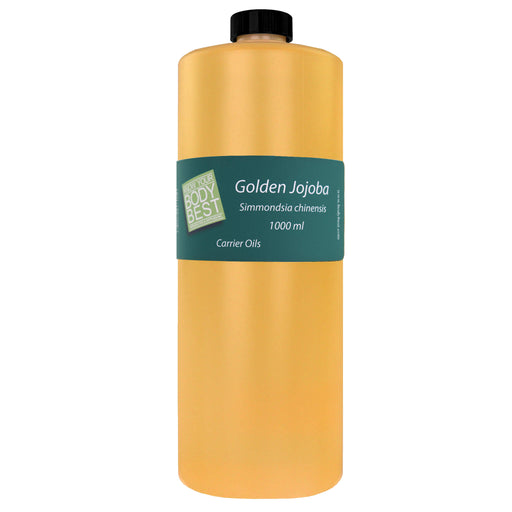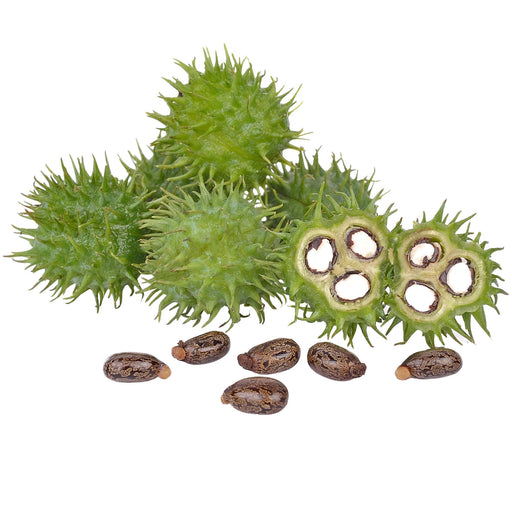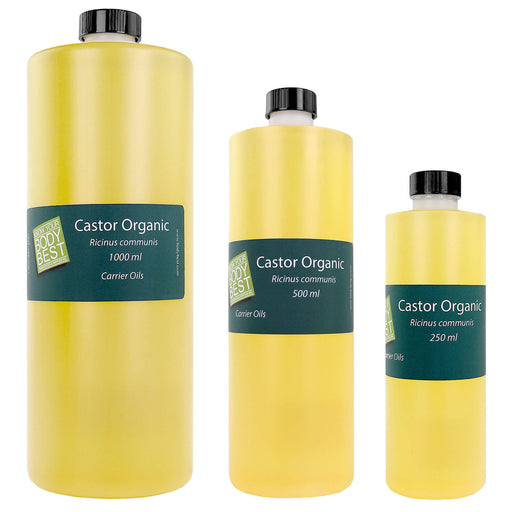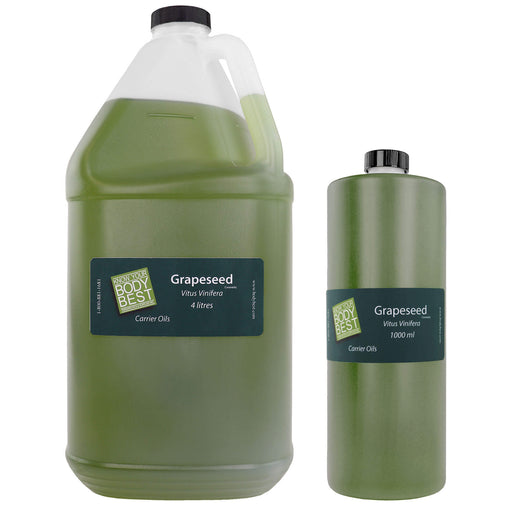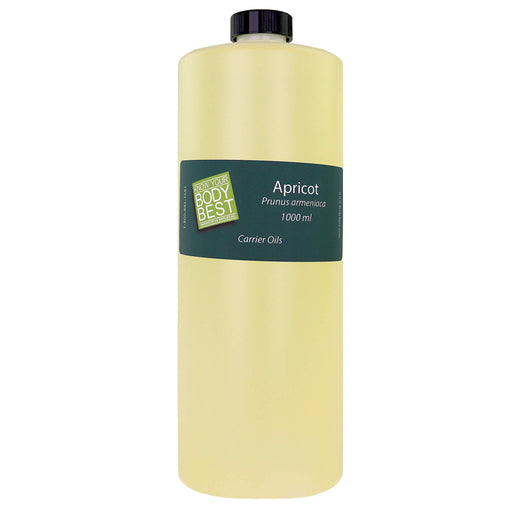over $250.00

How to Cope with Seasonal Affective Disorder
What are the best ways of coping with seasonal affective disorder?
Seasonal affective disorder (SAD) is a type of depression that comes and goes with the four seasons, typically manifesting during the cold autumn and winter months when the days are shorter, darker, and chillier. We spend far more time indoors during the cold season, and often the time we spend outdoors is hurried and brief due to the cold, often wet conditions.
SAD affects both therapists and their clients, so we should be mindful of it during the cold season. It is a "real" condition in as much as it is recognised by science. It should be approached with the same seriousness as any other mood disorder.
The exact physical causes of SAD are not fully understood, but evidence appears to point to changes in levels of the hormones melotonin and seratonin. Melatonin is a hormone that causes sleepiness, and in people with SAD, the body may produce it in higher than normal levels. Serotonin affects mood, appetite, and sleep, and a lack of sunlight may lead to lower serotonin levels, which is linked to feelings of depression.
Another theory is that a lack of sunlight might stop a part of the brain called the hypothalamus working properly, which may affect the production of melatonin and serotonin, and the body's internal clock (circadian rhythm).
Or maybe it's just exposure to prolonged gloomy weather.
The symptoms of SAD include:
- Feeling listless, sad, or down most of the day, nearly every day
- Losing interest in otherwise enjoyable activities
- Experiencing changes in appetite or weight
- Having problems with sleep
- Feeling sluggish or agitated
- Having low energy
- Feeling hopeless or worthless
- Having difficulty concentrating
- Oversleeping (hypersomnia)
- Trouble sleeping (insomnia)
- Increased irritability
How to treat seasonal affective disorder:
Light therapy: Lack of exposure to natural light is one of the apparent reasons behind winter SAD, so light therapy (AKA phototherapy), can be beneficial in keeping the symptoms at bay. Many studies have shown that light therapy can be an effective treatment for SAD.
Exercise: Regular physical exercise during the autumn and winter months can help to maintain an appropriate circadian rhythm, thereby keeping SAD symptoms at bay. Exercise can activate neurotransmitters and increase mood.
Sun exposure: Be extremely mindful of making the most of a sunny day. Try sitting outside for a bit during the day or even just opening the blinds to absorb nature’s vitamin D. It appears that exposure to sunlight early in the day is especially useful.
Maintain routines: Try to keep up everyday activities, as this can be the most helpful thing in coping with SAD. Stick to a treatment plan and attend therapy appointments when scheduled.
Connect with friends and loved ones: Having a positive support network can boost one's mood and distract from any negative feelings. Spending time with loved ones appears to have a beneficial effect.
The Danish have a concept called Hygge (pronounced hoog-ah). It roughly translates as making the most of coziness and sharing time with friends. Light a fire, light candles, open a bottle of wine... Maybe this kind of head-on approach to the gloomy months is a good solution?
Meditation: Meditation can calm the mind and release anxious thoughts. After meditating, many people feel more at peace and relaxed due to a rise in serotonin levels.
Aromatherapy: The bright scents of citrus are thought to be both energising and uplifting. Incorporate an essential oil diffuser and experiment with sweet orange, mandarin, and neroli essential oils. Fill interior spaces with these sharp, fruity aromas.
Take a winter vacation: Taking a winter vacation to warmer climates can help alleviate symptoms of SAD by putting a pause on cold, overcast skies.
Eat well: Eating well and watching out for the carbs can help in coping with SAD.
Psychotherapy: SAD is a genuine disorder and may manifest in severe way depending on outstanding factors, including genetics. Professional help may be the best option for those with severe SAD.
Featured collection
-
$0.00 - $0.00$0.00
Lowest Price per ml: $0.06
$14.99 - $59.99$14.99 - $59.99Current priceCurrent Price: $59.99
Price Per ml: $0.05
$14.99Golden Jojoba Oil
BodyBestIn stockUses and Benefits of Golden Jojoba Oil Golden Jojoba Oil is one of the best massage oils as it can be used for both scalp and body. It is deeply mo...
View full details$0.00 - $0.00$0.00Lowest Price per ml: $0.06
$14.99 - $59.99$14.99 - $59.99Current priceCurrent Price: $59.99
Price Per ml: $0.05
$14.99 -
$0.00 - $0.00$0.00
Lowest Price per ml: $0.03
$11.99 - $29.99$11.99 - $29.99Current priceCurrent Price: $11.99
Price Per ml: $0.04
$11.99Castor Oil
BodyBestIn stockUses and Benefits of Castor Oil Castor oil is a healing oil that helps soothe muscle aches. Rich in antioxidants, the oil prevents wrinkles, reliev...
View full details$0.00 - $0.00$0.00Lowest Price per ml: $0.03
$11.99 - $29.99$11.99 - $29.99Current priceCurrent Price: $11.99
Price Per ml: $0.04
$11.99 -
$0.00 - $0.00$0.00
Lowest Price per ml: $0.02
$29.99 - $99.99$29.99 - $99.99Current priceCurrent Price: $29.99
Price Per ml: $0.02
$29.99Grapeseed Oil
BodyBestOut of stockUses and Benefits of Grape seed Oil Grape seed oil has anti-inflammatory and antimicrobial properties. In addition, the oil is rich in omega chain ...
View full details$0.00 - $0.00$0.00Lowest Price per ml: $0.02
$29.99 - $99.99$29.99 - $99.99Current priceCurrent Price: $29.99
Price Per ml: $0.02
$29.99Sold out -
$0.00 - $0.00$0.00$29.99$29.99 - $29.99Current price$29.99
Apricot Oil Cold Pressed 1L
BodyBestOut of stockUltrasonic Aromatherapy Diffuser – Modern, Quiet, and Effective Enhance your space with the soothing benefits of aromatherapy using our Ultrasonic...
View full details$0.00 - $0.00$0.00$29.99$29.99 - $29.99Current price$29.99Sold out -
$0.00 - $0.00$0.00
Lowest Price per ml: $22.00
$24.99 - $109.99$24.99 - $109.99Current priceCurrent Price: $24.99
Price Per ml: $24.99
$24.99Coconut Oil Cold Pressed Unfractionated
BodyBestLow stockBenefits of Body Best Cold Pressed Unfractionated Coconut Oil Body Best Cold Pressed Virgin Coconut Oil has wonderful healing properties for your...
View full details$0.00 - $0.00$0.00Lowest Price per ml: $22.00
$24.99 - $109.99$24.99 - $109.99Current priceCurrent Price: $24.99
Price Per ml: $24.99
$24.99

